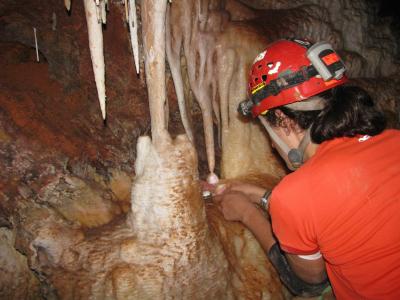
© SuperStock/GettyGravity keeps us tumbling back to Earth
Although gravity has been successfully described with laws devised by Isaac Newton and later Albert Einstein, we still don't know how the fundamental properties of the universe combine to create the phenomenon.
Now one theoretical physicist is proposing a radical new way to look at gravity.
Erik Verlinde of the University of Amsterdam, the Netherlands, a prominent and internationally respected string theorist, argues that gravitational attraction could be the result of the way information about material objects is organised in space. If true, it could provide the fundamental explanation we have been seeking for decades.
Verlinde posted his paper to the pre-print physics archive earlier this month, and since then many physicists have greeted the
proposal as promising. Nobel laureate and theoretical physicist
Gerard 't Hooft of Utrecht University in the Netherlands stresses the ideas need development, but is impressed by Verlinde's approach. "[Unlike] many string theorists Erik is stressing real physical concepts like mass and force, not just fancy abstract mathematics," he says. "That's encouraging from my perspective as a physicist."
